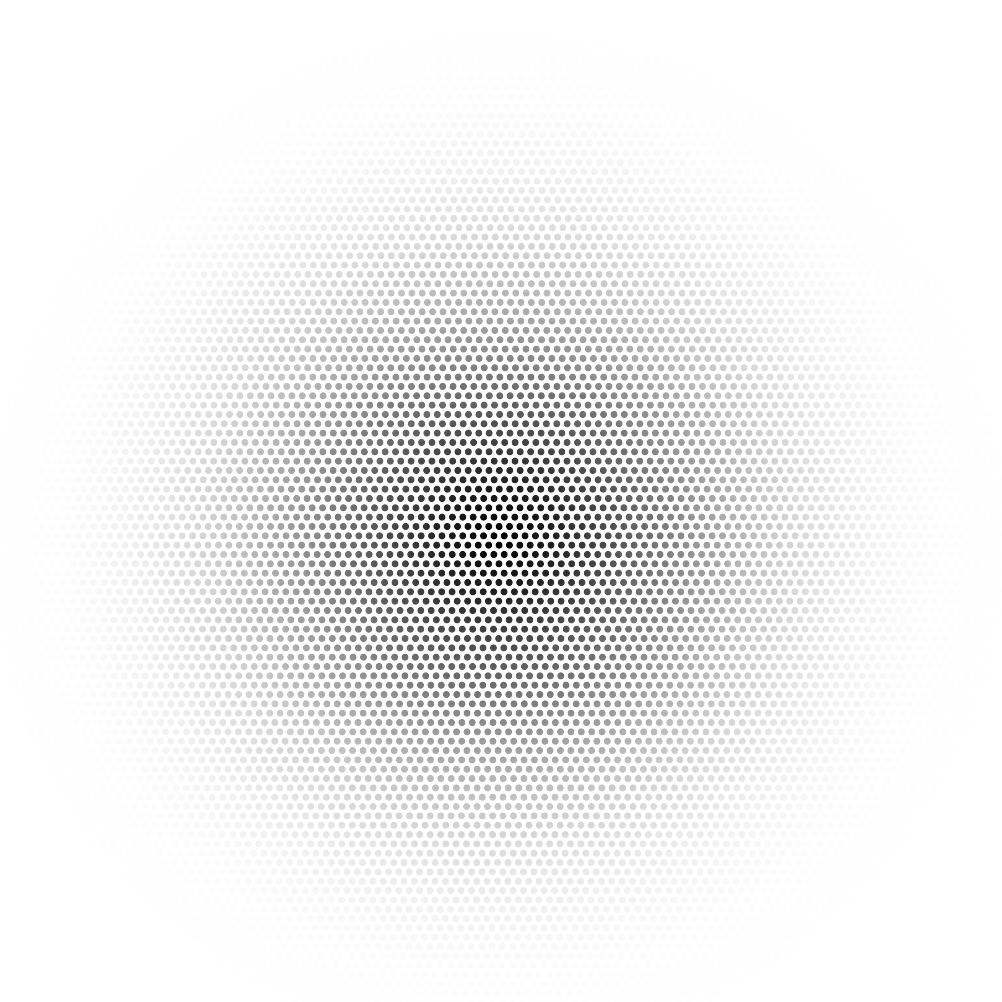Ergonomic Experience
Get started quickly by using the comprehensive CUVIS TOUCH user interface. It operates both locally or via remote connection. Create your own views or processing results by including your own algorithms or classifications. Integrate your camera into your system by using the powerful SDK.
Instant Image Classification
Get the best out of your hyperspectral data!
You have a challenging dataset you want to classify or quantify? You don’t want to spend months on implementing before realizing a different approach might have produced better results?
Get your own classification running in the matter of minutes! Record your data, label your data in perClass MIRA [Link], auto-extract the classifier and deploy it to the live running camera.
Have full control over algorithms, operations points and cost matrices with perClass Toolbox [Link].
Learn moreCUVIS Export
Hyperspectral data can be saved to or (batch-)exported to EVNI or TIFF files.
The TIFF format can be adjusted to support simple viewers or dedicated software (qGIS, AgisoftMetashape). Custom algorithms or classification can also be applied to the data to give custom views or calculation results.
The (batch) export also allows for re-processing of the data with different references or different processing modes.

CUVIS SDK
Our Cubert SDK is the ideal choice for seamless integration of any of our cameras into your established processes. Developers with traditional coding skills can create their specific applications with a vast library of tools offered, originally developed in C. The SDK features functionalities for triggering image acquisition, (live) views of images, calibration, processing data into different modes, reprocessing of previously acquired images, and exporting.
The Cubert SDK is also already available or in development for other commonly used programming languages, such as C++, C#, Matlab, and Python, to accommodate user requirements from industrial as well as science sectors.
Web applications can access the available functionalities via standard Simple Object Access Protocol (SOAP). This method is suitable for measurement systems that are set up on a local network, systems mounted on autonomous vehicles or systems that are only remotely accessible, e.g. via high performing VPNs.


